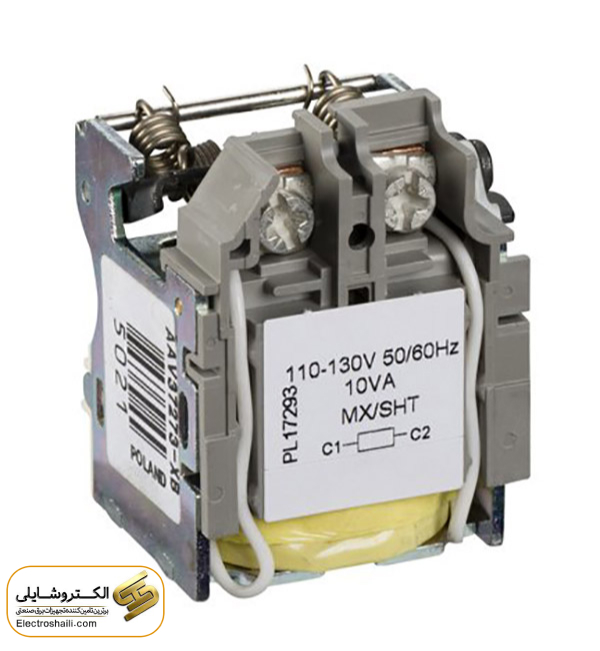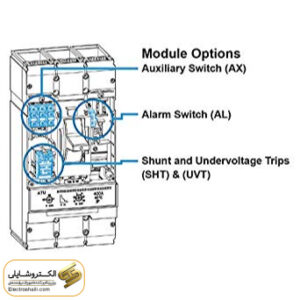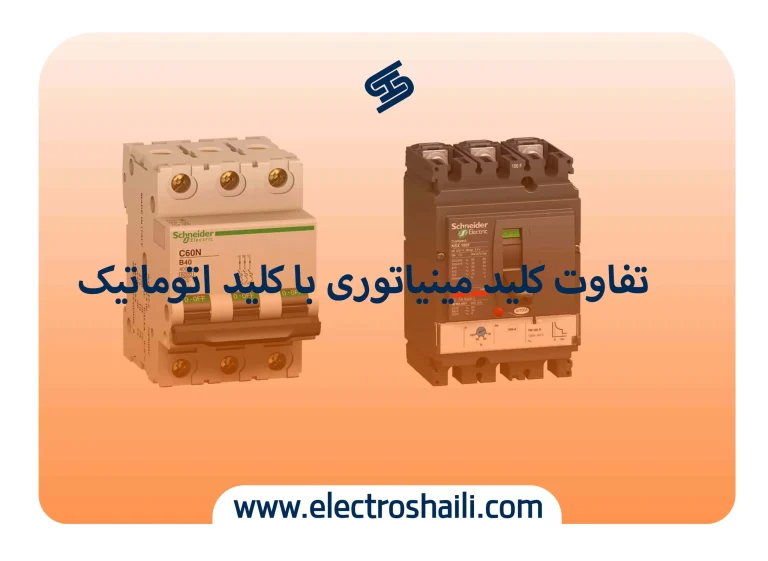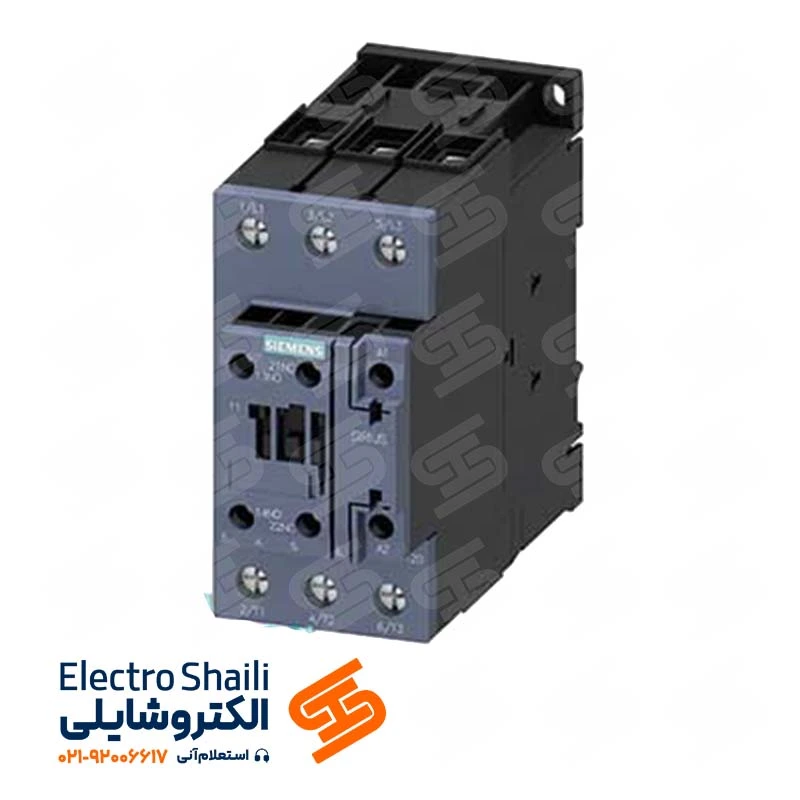What are the Differences Between Shunt Relay and Under Voltage Relay?
Shunt relay and under voltage relay may seem similar, but due to their different functions and applications, these two devices are distinct from each other. Shunt relay is primarily used for protection against short circuits and excess load current. This relay quickly responds to high current levels and swiftly disconnects the circuit in case of a short circuit.
On the other hand, under voltage relay is mostly used for protection against high voltages and overvoltage. This relay operates much more effectively by reducing the live voltage. Therefore, each of these relays has its specific applications depending on the requirements of the electrical circuit.
Considering these differences, the choice between shunt relay and under voltage relay should be made carefully, taking into account the specific needs of the circuit. This decision will enhance the performance and safety of the circuit.
However, it’s important to note that each of these relays has unique functionalities that differentiate them. Below, we will delve into the operation of each of these relays.
Shunt Relay:
Shunt relay is a crucial auxiliary device for automatic switches. When force is applied to its terminals, it mechanically disconnects the breaker. This force is not supplied from within the automatic switch and requires an external source.
To select the appropriate shunt relay within the AC or DC voltage range, you need to first examine the type of available automatic switch. Based on its specifications, you can then acquire the suitable shunt relay or under voltage relay.
Shunt trip relay is used to disconnect the automatic switch in case of faults. This relay doesn’t sense faults from inside the breaker but rather detects them from an external source. For example, in the event of an incident like a fire, thermal sensors detect the heat of the fire, activate the power relay coil, and disconnect the breaker. Thus, the shunt relay uses an external source to detect faults and is not dependent on the breaker itself.
Under Voltage Relay:
Under voltage relay, as an automatic relay, is connected to the main circuit and automatically disconnects the automatic switch in case of a lack or drop in voltage.
Where Are Relays Installed?
As seen in the above image, shunt relay and under voltage relay are usually installed inside specific locations within the automatic switch. Breakers or automatic switches generally provide the possibility to install one or two relays, but if more relays are needed, custom orders can be placed to manufacture breakers tailored to specific needs.
Structure and Operation of Relays:
Shunt relay essentially consists of a disconnect coil and a disconnect unit used for thermal and electromagnetic disconnection. The specified voltage is applied to the shunt relay trip coil, and the breaker disconnects the current.
In emergencies, the shunt relay, by applying an electric force, disconnects the automatic switches to prevent harm to people and equipment. This relay serves as a protective face for the breaker and enables remote control of the breaker.
Automatic switches have a combination of thermal and magnetic protection in under voltage relays. Older generations of these switches used electro-mechanical disconnect units (trips) with two types: fixed and replaceable.
Difference Between Shunt Relay and Under Voltage Relay
Shunt relay and under voltage relay each have unique features that are selected based on the circuit’s needs.
Shunt trip relay is an electrical device that operates instantly by applying force. It disconnects the current by opening the breaker through force applied to its mechanical part. This relay requires an external force to act on the breaker to control the supply voltage.
The normally open (NO) contacts of the shunt trip relay cause an immediate voltage cutoff after the switching device opens or disconnects. This relay is primarily used to open the switching device using electrical command or remote control. However, it can also be used for local opening/disconnecting of the switching device by pressing a local button or applying control signals in parallel.
Shunt relay does not provide trip/cutoff of the switching device in the absence or drop of voltage. Therefore, the under voltage relay is used for this purpose.
Under voltage relay is an electrical device that is always powered and requires force to close the breaker/switching device or keep it in the closed state.
Upon power loss, the switching device immediately operates by pressing a local button or through interlock contacts (a type of lock to prevent human errors) that are connected in series. It cuts off the breaker.
Shunt relay has a fixed function and is recommended for cases like breaker trip/cutoff, quickly responding to voltage drops. Generally, it covers 80% of the allowable voltage for the circuit. This feature has made it popular for applications such as motor feeders compared to voltage-sensitive breakers.
The main difference between shunt trip relay and under voltage relay lies in their mode of operation. The shunt relay reacts by applying force (electricity) to it, while the under voltage relay, always powered, reacts to a voltage cutoff or reduction.
Are These Relays Always Powered?
Under voltage relay, as an electrical device, must be continuously powered to detect and respond correctly to voltage cutoff or reduction. Therefore, continuous powering is considered part of its functionality. However, for shunt relay, continuous powering may lead to increased temperature and burning. On the other hand, it does not need continuous power as it can perform its function by providing power momentarily as needed and does not require permanent power.
Do These Relays Allow for Reconnection?
To prevent unexpected tripping/cutoff of breakers in voltage drop conditions or the absence of human operators for re-closing the circuit (breaker reconnection), a specific type of under voltage relay exists. This type of relay uses a capacitor unit to store energy. The under voltage relay utilizes the stored energy during voltage loss or drop, preventing relay de-energization, and reconnects the breaker. This reconnection mechanism, in addition to common features with its counterparts, provides a practical advantage.
Final Words
This article introduced and explained the differences between shunt relay and under voltage relay. Each of these relays has unique features selected based on the circuit’s needs. It also examined whether these relays are always powered and if they allow for reconnection of switches. These relays are used for protection and control in electrical circuits, and the features of each are accurately described.








































